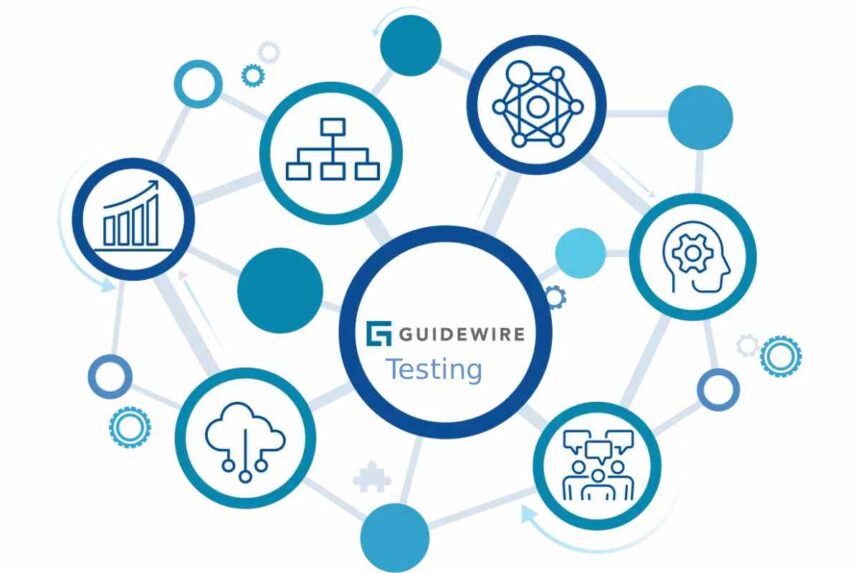Guidewire testing focuses on verifying implementations of Guidewire InsuranceSuite (PolicyCenter, BillingCenter, ClaimCenter) to validate that business rules, integrations, data migrations, and user workflows operate as expected under rehearsal conditions. Guidewire has issued its own framework and guidance that prompts the creation of automated, repeatable tests tailored to insurance workflows. Adoption of these tools delivers faster cycle times while protecting against regression issues.
Why Guidewire testing is different
Information insurance systems such as Guidewire possess a high degree of configurability. Configuration business logic resides in product model configuration, Gosu code, expression language, and rule definitions. Validation of tests require both configuration and integration points (SOAP/REST, policy data conversion, billing interface).
Deployment is typically project-driven and incremental, necessitating a blend of unit, API, integration, and UI tests to address changing requirements.
Core types of Guidewire tests
- Unit & component tests — validate Gosu classes, utility libraries, and rule fragments. These are typically run by developers as part of CI.
- Integration/API tests — validate service endpoints, message transforms, and downstream system integration (e.g., policy admin → billing). Use contract tests and mocks where possible.
- Automated UI tests — simulate user journeys in PolicyCenter/BillingCenter/ClaimCenter for critical flows (new policy, endorsement, claim intake). Guidewire’s Testing Framework supports UI automation approaches that integrate with BDD-style tests.
- End-to-end (E2E) and regression suites — run full flows across systems, ideally in a pre-production environment seeded with production-like data.
Recommended test strategy (practical)
Adopt behavior-driven development (BDD) for core business flows: write readable scenarios that map to acceptance criteria, then implement step definitions that call lower-level APIs or UI actions. Guidewire’s Testing Framework has BDD-friendly tooling to help here.
Shift-left: run unit and integration tests in CI with each commit. Reserve longer E2E suites for nightly or release pipelines.
Use test data management: create reusable, idempotent test fixtures (policies, accounts, claims) and teardown routines to keep environments stable.
- Mock external partners where feasible to get fast, deterministic feedback during development.
- Monitor test flakiness and track historical trends; flaky UI tests are common and should be quarantined until stabilized.
Tools & ecosystem
Guidewire Testing Framework (official) — provides test harnesses and support for UI and API testing as well as guidance for building automated test systems integrated with industry standard CI tools.
Other open-source frameworks — Postman, REST-assured, Playwright and Selenium as well as mainstream CI tools such as GitHub Actions, Azure Pipelines, and Jenkins.
Common pitfalls and how to avoid them
- Relying solely on manual testing: automate high-value flows early.
- Poor test data hygiene: always script data setup/teardown.
- Ignoring non-functional tests: performance and data-volume testing are crucial for underwriting/billing workloads.
KPIs to track
- Test coverage by business flow (not only code coverage).
- Mean time to detect failures (CI feedback time).
- Flaky-test rate and test run duration.
Conclusion
Guidewire testing combines domain-aware acceptance scenarios, robust API/integration tests, and stable UI automation. Using Guidewire’s official testing guidance and integrating modern automation tools lets teams accelerate releases while keeping core insurance operations correct and auditable.


